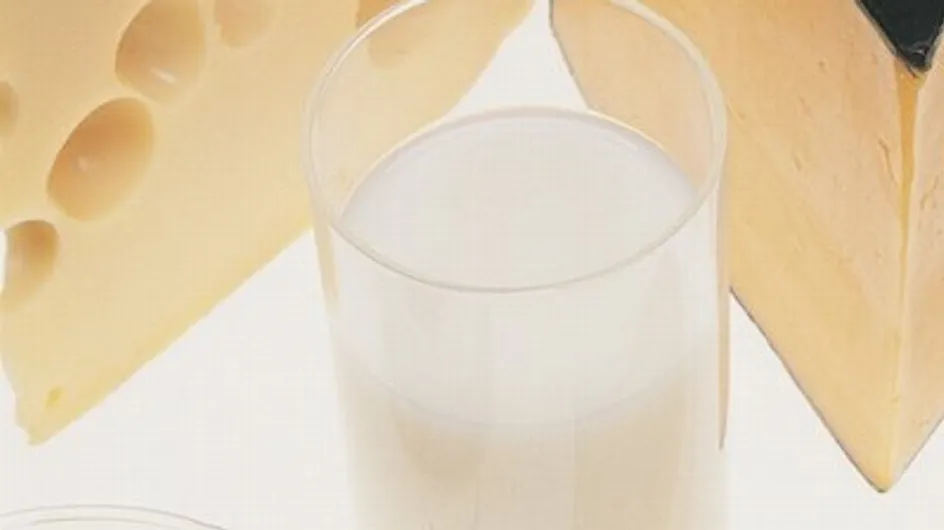Light versions of products that are bad for your waistline may be low in fat or sugar, low in both fat and sugar, or just low in calories. According to regulations, for a product to be labelled ‘low fat’ or ‘sugarfree’ it needs to contain at least 25% less than the original. We take a closer look at these miraculous-looking alternatives, category by category.
Fat
Although oil cannot be fat free, butter, magarine and cream can be. You can get butter and magarine which contains 45% and even 25% fat instead of the usual 82%. Cream also comes in 15%, 8% and 5% fat versions instead of the standard 35%.
Good If you have a weight problem or cardiovascular condition, they can be good alternatives. 15% fat cream is ideal for use in cooking when you're watching your weight.
Bad They don't have the taste or texture of the real products, so you'll probably eat more of them.
Prepared food
Ready meals and sauces come in low fat and low calorie versions.
Good They're quick and practical, give you measured quantities of nutrients and fat and also taste much better than they used to!
Bad Many don't contain sufficient fibre and protein. You can get 'ordinary' low fat products if you scrutinise the labels (under 15g fat per portion and a protein to fat ratio above 1).
Dairy products
Milk, yoghurt and cheese also come in low fat versions, while yoghurt and other dairy- based desserts also come in low fat, reduced sugar versions.
Good Semi-skimmed milk and natural yoghurt as well as low fat (20%) cream offer a good compromise between the full fat versions which can be too rich and the almost fat free versions which can be tasteless. Sweetened yoghurts and desserts give you all the advantages without the extra calories. Low fat cheese can contain 1/2 the fat and provide 1/3 to 1/2 fewer calories than traditional cheeses.
Bad The cheese is tasteless and the texture isn't as good. Whole milk does not contain more A and E vitamins. Some desserts are low in fat but not in sugar, or the opposite: read the labels! And don't make the mistake of doubling your portions just because you've gone for the 'healthy' option.
Sweet treats
Cereal bars, chocolate, biscuits, chewing gum, sweets and other ‘pleasure’ foods have not escaped the trend and you'll find more and more of them in the supermarket.
Good More research goes into the nutritional composition of these products and they're often more savoury snacks (higher in fibre, fruit, vitamins and minerals).
Bad The difference is often negligible (30 calories or even less for chocolate, cereals and biscuits). They can be a trap for people watching their figure because they give you a clean conscience and tempt you to eat more. You're often better off with the full-fat, sugar and calorie versions, but in smaller portions!
Drinks
The drinks aisles are full of diet/sugar free/light drinks from fizz to flavoured water.
Good Diet drinks with sweeteners can contain 0 calories per glass, so if you want to quench your thirst without consuming calories they are an option. The same goes for flavoured water with or without sweeteners.
Bad Some types of flavoured water add both sugar and sweeteners and can contain lots of calories. Always read the label! Only have diet soda or fizz occasionally, because they can give you a taste for sweet products.














